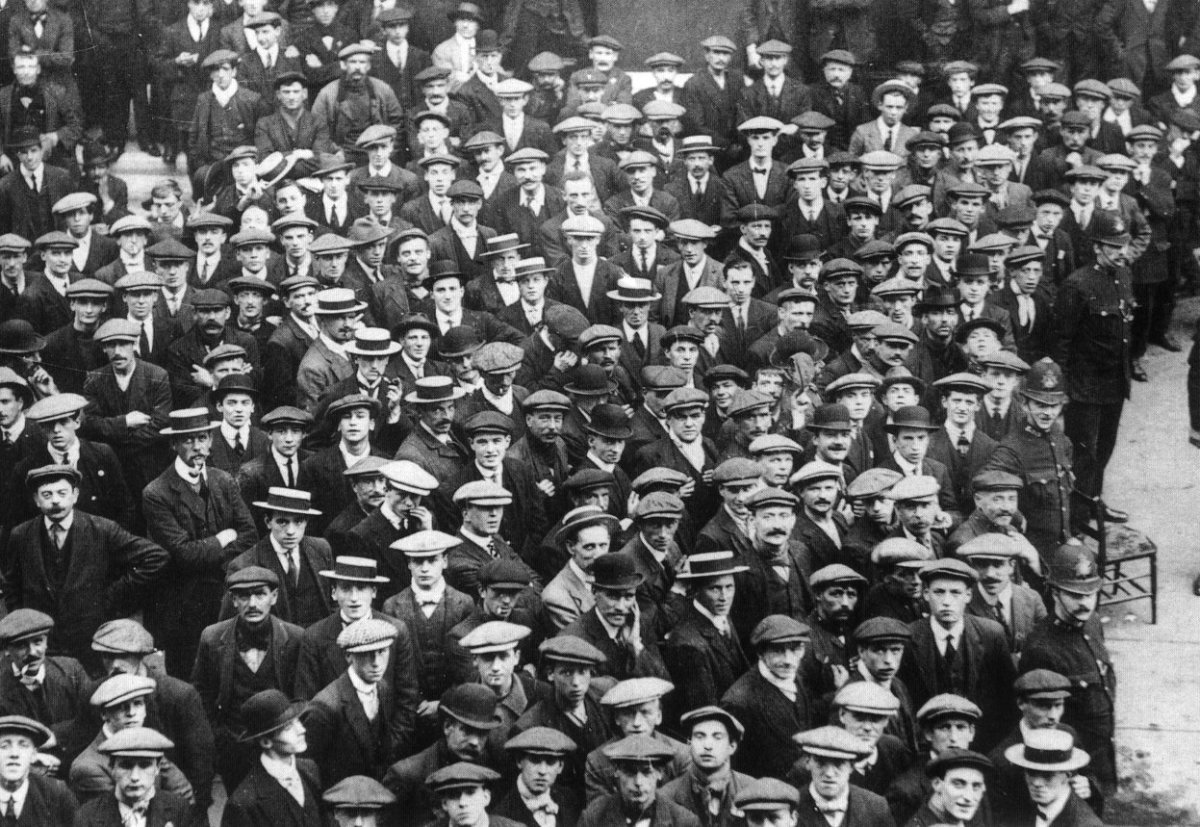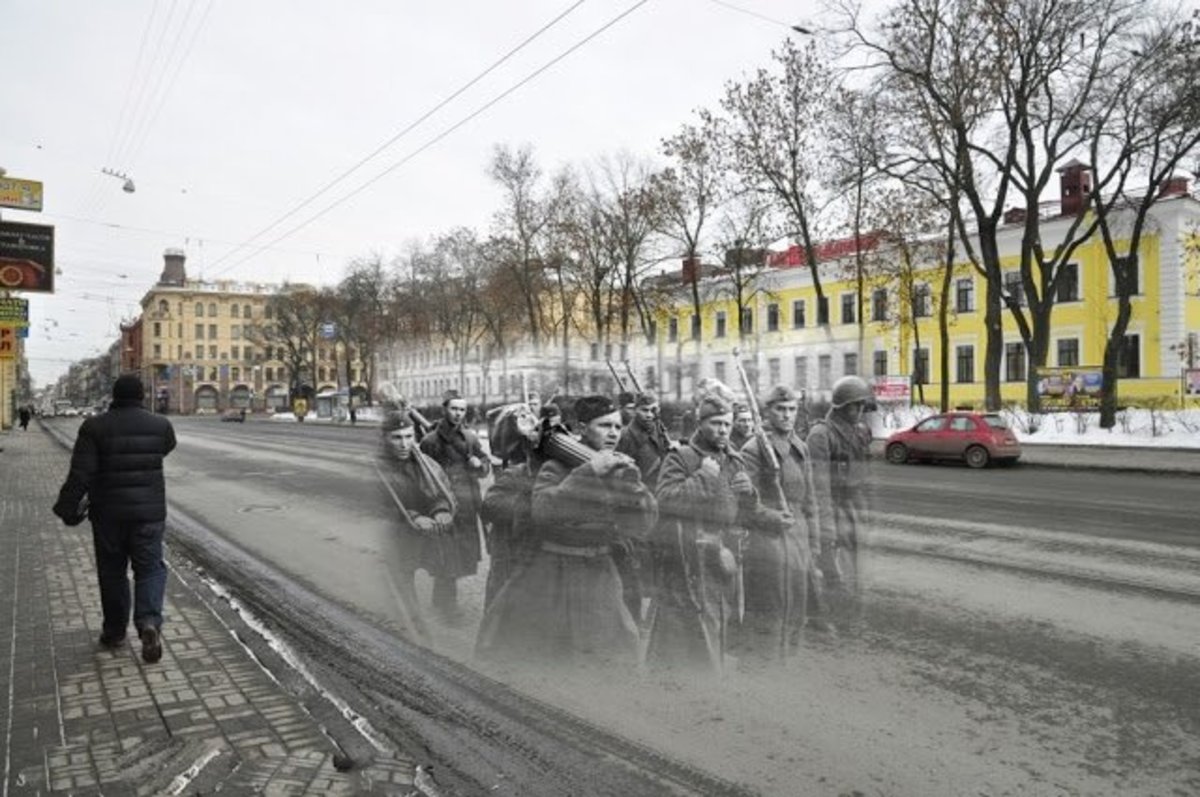Book Review: 'Burn After Reading'
An Introduction to "Burn After Reading"
The 1961 book “Burn After Reading”, subtitled “The Espionage History of World War 2”, was written by Ladislas Farago.
The book "Burn After Reading" gives the history and politics of intelligence gathering and propaganda during World War 2. It is detailed by a unique author, a Hungarian in the United States at the outbreak of World War 2 brought into the ONI as an intelligence analyst and propagandist.
Points in Favor of the Book Burn After Reading
Unlike many modern World War 2 commentaries, the book “Burn After Reading” book by Farago was written within 20 years of WW2, with stories still within the vivid memory of many who committed acts of espionage and lived to tell the stories or drawn from readily available records from the war. The book is full of first and second hand stories that make the experiences and lessons learned much more vivid than distantly removed analyses.
“Burn After Reading” by Farago brings up historical points that too many people forget about war. For example, Norway’s direct war was only a few days, but an underground war was waged for five years. In Greece during World War 2, roughly two thirds of those killed were during espionage actions and unconventional warfare, not traditional rows of soldiers charging one another. Espionage was crucial to supporting wars along the front lines, essential to preparing for an evasion and frequently ongoing after an invasion to hurt an enemy that you had little chance of driving out in an open battle.
The stories demonstrate that while soldiering was the men’s province, women and children of all ages could and were involved in espionage. In fact, the author details Stalin's memo ordering all citizens of all ages to be involved in actions from cutting cables to killing soldiers and officials to interfering with the enemy operations by setting things on fire.
The book reveals long neglected lessons, such as the need to identify those with very valuable knowledge and disaffection with the current political state, since these people are most easily led into spying for an enemy or convinced to share sensitive information. That was likely why the Chinese wanted the entire OPM database they copied in 2014, though the revelation came out in 2015.
The English did a poor job fighting spies and espionage during the war because they cut their spy agency and intelligence during peace time, letting their best people go to save money, and then having to fight the war with people who had to be lured back during war time while money was burned fighting spies and espionage within the country. If you are going to have an intelligence agency, it needs to be big enough to act as a war is ramping up, not built up after the enemy has struck.
There are stories of near-misses and missed opportunities from World War 2, such as Churchill receiving a German statesman Ferdinand von Schlabrendorff with information on the Nazi plans. Schlabrendorff simply couldn’t get an audience with people in Whitehall with his information, but ended up meeting with a not-yet powerful Winston Churchill instead. Only after the war started did the British government work to build a direct channel of communication with such a valuable resource – missing out on critical intelligence in the mean time and delays in all other information they did receive.
Dummy spy rings were set up in England to take up the time and energy of the counterespionage service. The Germans trained girls to work as servants and spies (such as learning how to set up a wireless transmitter) before going to work in the houses of important English families. They could provide small pieces of valuable information but primarily served to act as a distraction to counterespionage efforts, so that other more active spy networks would be undetected.
The book reveals the truth behind the “James Bond” mythos of the indestructible British spy. Most SOE operatives died in a matter of months, and only a small fraction survived the end of the war. The same was true of wireless operators like Noor Inayat Khan, a half Indian woman almost prevented from being a wireless operator due to racism and sexism.
This book has interesting stories that reveal the multi-faceted nature of intelligence services. Refugees from the Nazis in neutral countries were recruited by various groups in an effort to strike back against the Nazis. The Japanese mostly recruited from their own ethnicity within the US for spies, which was justification for the Japanese mass internments during World War 2, but one of their major Pearl Harbor spies was Bernard Kuehn, a German.
Another anecdote on this book is how official policies can hurt intelligence assets. A number of refugees from the Nazis living in neutral Switzerland worked for Dulles as spies but had no reportable income, so the Swiss police wanted to deport them. A solution was found by paying a psychiatric retreat to register them as patients, where they were committed. The spies then dropped off the list of concerns by Swiss police as contained, though the institution let them come and go as they pleased so they could continue spying. These sorts of stories bring the unorthodox solutions used to protect people as much as possible, though the author recounts many who died as well.

Strikes Against Burn After Reading
The book “Burn After Reading” is written by someone obviously fluent in English but awkwardly inserts advanced vocabulary terms at times.
The author dedicates a whole chapter to the efforts to convince Japan to surrender prior to the dropping of the atomic bombs on Hiroshima and Nagasaki. He blames the lack of diplomatic channels for a formal acceptance of surrender between the US and Japan for the bombings. He had an overly optimistic assumption that they would surrender if given the chance, since so many military officers committed suicide instead of surrendering, their government told the average person to sharpen bamboo sticks to attack soldiers with and fight to the death, and the fact that it took two bombs plus false intelligence that we had many more on the runway ready to be dropped that the Japanese finally surrendered.

Observations About Burn After Reading
Wars like Vietnam, and arguably Iraq and Afghanistan, demonstrated that endless attrition tends to wear down the Western will. This makes “Burn After Reading” an interesting look into tactics that are more likely to have bearing in future wars than either Civil War histories of large armies clashing or science fiction battles with infantries and laser pistols.
The book “Burn After Reading” by Farago focuses on the Western method of classic intelligence, with a few spies and networks finding information and committing espionage. The Chinese method since World War 2 isn’t discussed, where they ask legions of students abroad and workers in many institutions to collect small pieces of information correlated into a big picture back home. The large network with small pieces of information put together at home has several advantages over a smaller network with a tighter focus. First, it makes it harder for the enemy to determine the intended targets for intelligence gathering. Second, the sheer size and scope of such networks make it hard to track or interfere with. Third, asking multiple people to collect the same bits of information provides a measure of verification via redundancy, unless your misinformation is uniformly repeated by all sources. Fourth, it minimizes the impact if one person doing casual perusal along with their full time job is caught. Logistically, this is much more challenging but a better model if you have people and lines of communication to do it.








